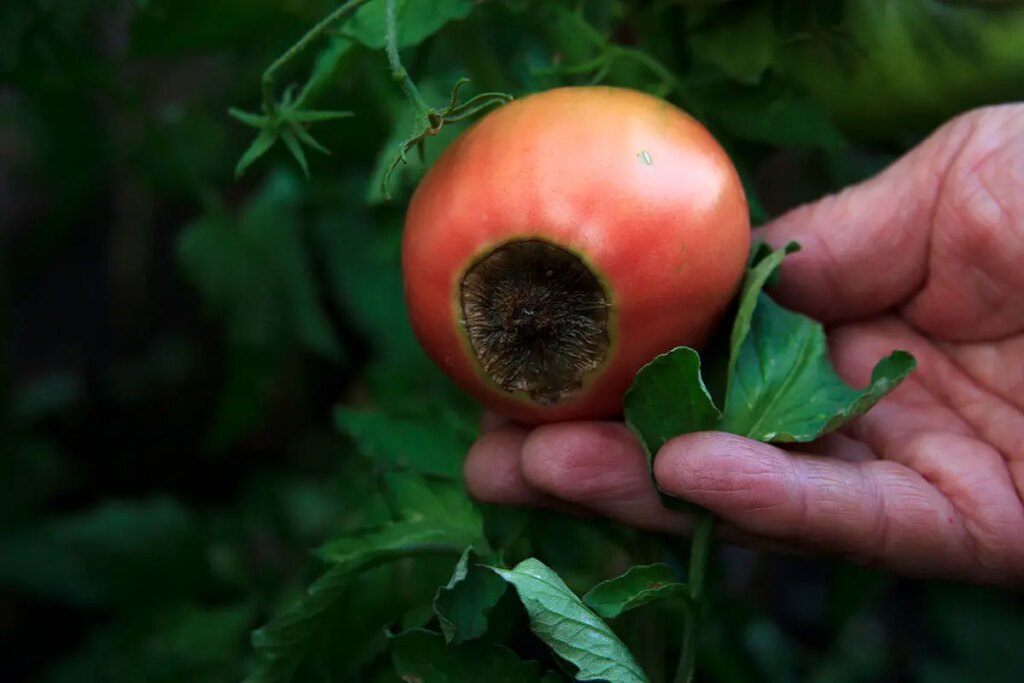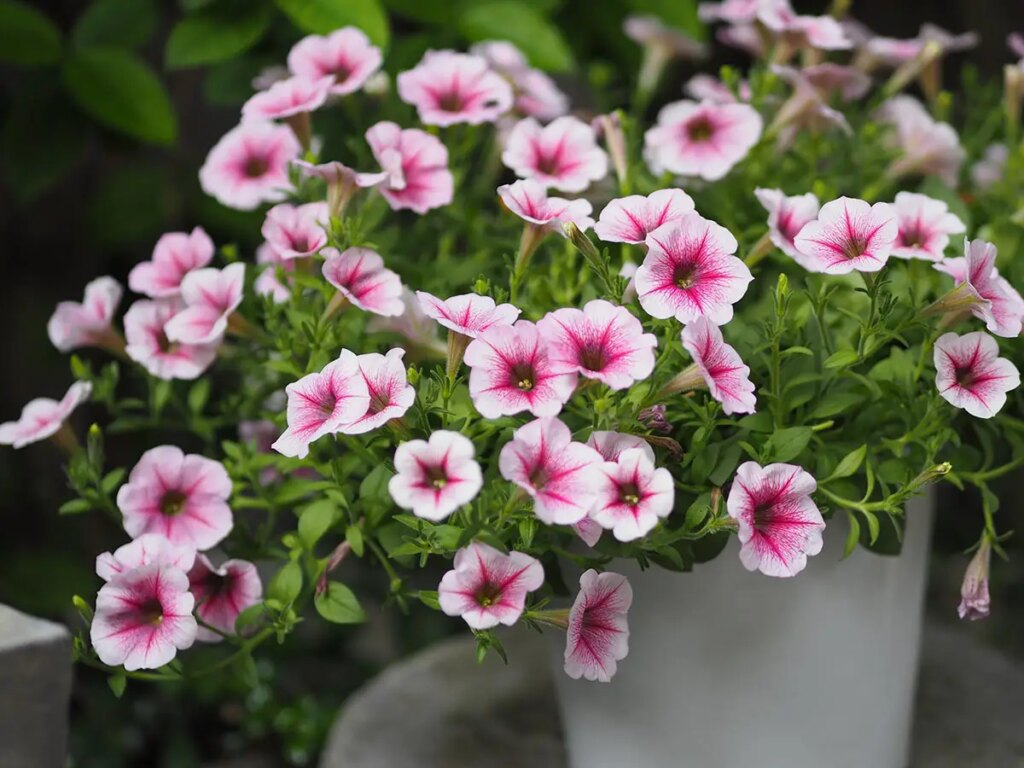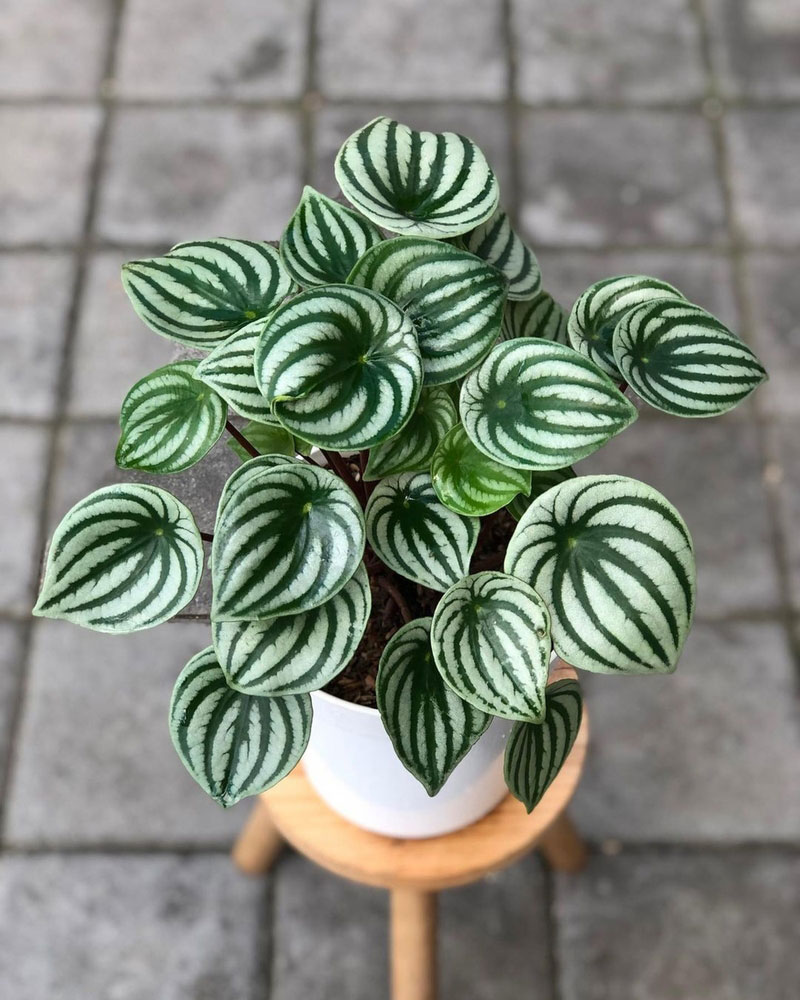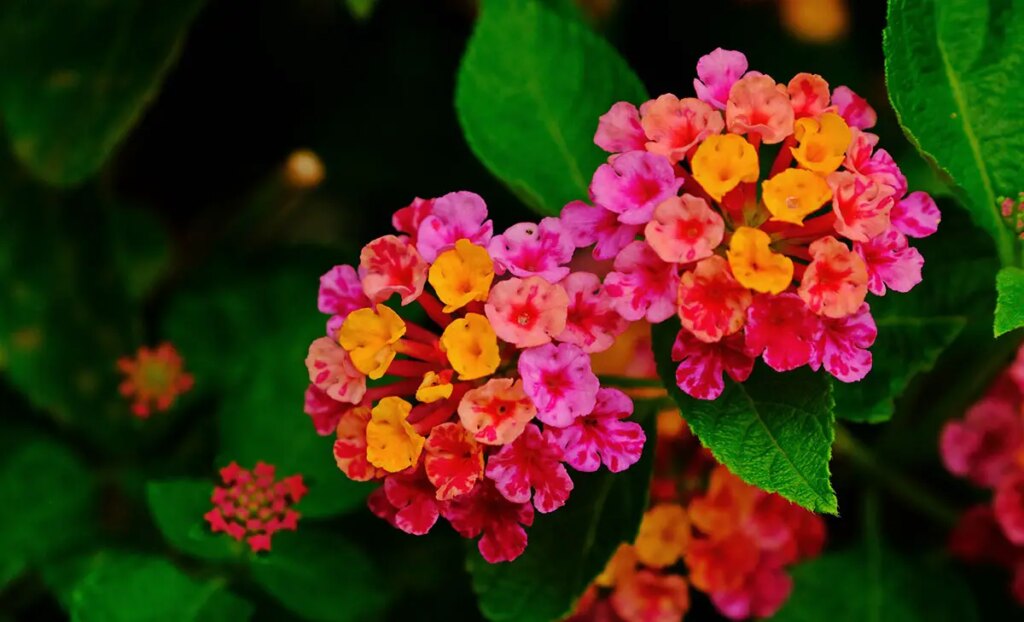
Phlox, known for their vibrant flowers and pleasant fragrance, can add a pop of color to any garden. Proper care and maintenance is important to ensure the plant’s health and longevity. One of the key aspects of maintaining phlox is cutting them back at the right time, which can vary depending on the variety and climate.
The ideal time for cutting back phlox depends on a number of factors such as climate conditions, the health status of the plant, and the specific variety.
In general, phlox should be pruned in early spring, mid-summer, or late fall, depending on the individual plants’ needs.
Knowing when and how to cut back your phlox not only helps maintain the aesthetics of your garden but also ensures the plant remains healthy.
Key Takeaways
- The best time to cut back phlox can vary depending on climate, variety, and plant health.
- Proper pruning in early spring, mid-summer, or late fall promotes healthy growth in phlox plants.
- Utilizing the correct methods and tools for cutting back phlox helps minimize potential risks of incorrect pruning.
Ideal Time for Cutting Back Phlox
Cutting back your phlox at the right time is essential for maintaining its health and promoting growth. Generally, the ideal time to cut back phlox is in the fall after the flowering season is over. This will encourage new growth in the spring and give you healthy, vigorous plants.
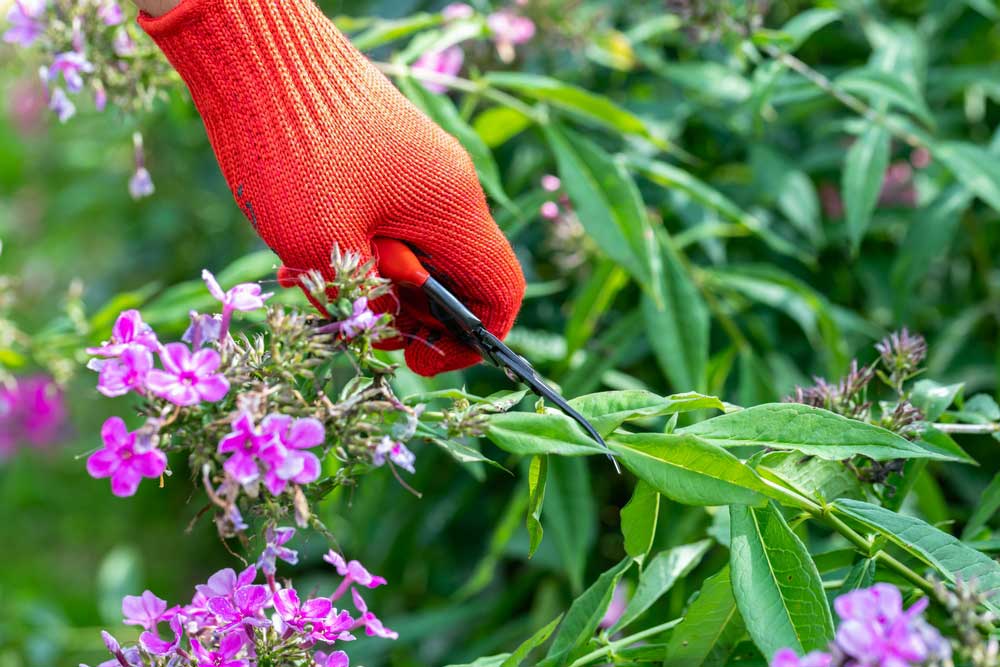
During the fall cleanup, make sure to remove any dead or yellowing foliage and stems from your phlox plants. This helps prevent diseases and pests from overwintering, providing a better environment for new growth in the spring.
For some varieties of phlox, an additional light trimming in the spring can also be beneficial. In early spring (late March to early April), cut back the old growth to about 1-2 inches above the ground. This encourages new growth and prepares the plant for the upcoming growing season.
It’s important to note that different types of phlox may have slightly different cutting back requirements. For example, woodland phlox varieties may require less trimming, while tall garden phlox varieties may need more frequent cutting back to control their size.
In summary, the ideal time to cut back phlox is typically in the fall after the flowering season, with an optional light trimming in the spring for certain varieties. By maintaining your phlox plants with proper care, you’ll enjoy beautiful blooms for years to come.
Early Spring Pruning
In early spring, you’ll want to start pruning your phlox plants. This is an important step to encourage healthy growth and beautiful blooms throughout the season. Begin by examining your plants for signs of winter damage, such as broken stems or discolored leaves.
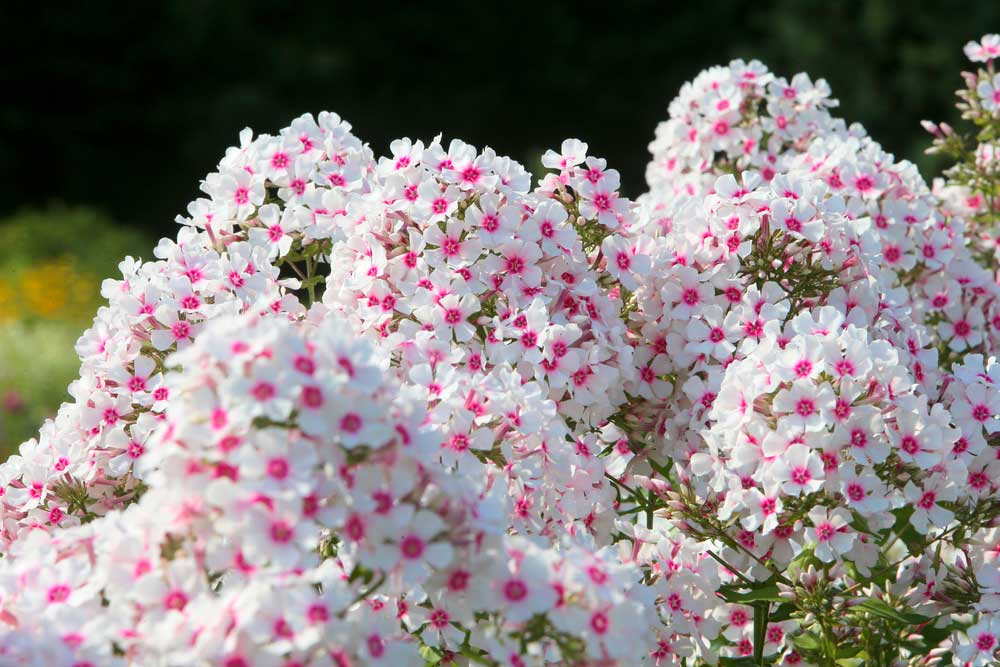
Once you’ve identified any damaged areas, use clean, sharp pruning shears to remove them. Cut back dead or damaged stems to the ground, or just above the healthy growth. It’s also a good idea to remove any weak or spindly stems, as these can impact the overall health of your plant and prevent it from growing strong and vigorous.
After you’ve pruned away any damaged or weak growth, your phlox should be left with a neat and tidy appearance. You can now focus on shaping your plant for the upcoming growing season. Aim to create an even, rounded shape by trimming back any overly long or uneven stems.
Keep in mind that early spring pruning is critical for preventing the spread of disease among your phlox plants. By removing dead or damaged growth, you’re helping to reduce the likelihood of harmful pathogens gaining a foothold. Additionally, regular pruning will improve air circulation around your plants, further reducing the risk of disease.
To maintain a friendly tone, remember that your phlox will thank you for the care and attention you’ve given it. With proper early spring pruning, you’re setting the stage for a season filled with colorful, fragrant blooms.
Mid Summer Trimming
During mid-summer, you might notice that your phlox plants have reached their peak bloom. This is the perfect time to give them a little trim to encourage a second, though lighter, round of blooming. Here’s how you should go about it:
1. Assess the plant: Look for flowering stems that have most of their flowers spent or faded. Select these stems for trimming, as they’ve done their job for the season, and it’s time to give newer growth a chance to shine.
2. Use clean, sharp tools: Make sure your pruning shears or scissors are clean and sharp, as this will ensure a cleaner cut and reduce the risk of diseases or pests.
3. Cut at the right spot: When trimming the stems, cut just above a healthy leaf node or a pair of leaves. This encourages lateral branches to grow and produce more flowers.
4. Don’t be too aggressive: While it’s time to clean up the phlox, avoid cutting back more than a third of the plant. This allows the plant to have enough energy to produce new growth and flowers.
5. Deadhead spent blooms: Keep an eye on your phlox throughout the summer, and remove spent blooms. This will encourage the plant to direct its energy towards new flower production and overall health.
After giving your phlox a mid-summer trim, be sure to give them some water and add a bit of balanced fertilizer, such as a 10-10-10 mix, to help encourage new growth. Within a few weeks, you should see new buds forming and more flowers on the way.
Remember, proper timing and technique for trimming phlox are essential for maintaining the health and appearance of your plants. By following these steps, you’ll ensure continuous, vibrant blooms throughout the summer season.
Late Fall Cut Back
During the late fall season, it’s time to prepare your phlox plants for the winter months. This is when you should give them a proper cut back. So, let’s dive into the process, which is really simple and will ensure your plants remain healthy.

First, examine your phlox plants, looking for any signs of disease or pest damage. It’s best to remove these affected parts to prevent the spread of problems to other areas. Use clean, sharp pruning shears to avoid damaging the plant stems.
Next, trim back the plant stems to about 2 inches above the ground level. Cutting at a 45-degree angle will help prevent water from accumulating on the cut surface, which can lead to rot. Make sure to remove any dead foliage or other debris around the base of your phlox. This step is essential, as it will keep the area tidy and reduce the chance of diseases overwintering.
After cutting back the phlox, it’s time to add some extra protection, especially in colder climates. Spreading a layer of mulch, approximately 2-3 inches thick, around the base of the plants will help insulate the roots and prevent frost heave. You can use materials like shredded leaves, straw, or compost as mulch.
Finally, consider tidying up the area around your phlox. Rake up any fallen leaves or debris to keep the garden aesthetically pleasing and minimize potential hiding spots for pests.
By following these steps, you’re giving your phlox the best chance to thrive in the upcoming spring season. And remember, with a friendly tone and positive attitude, your plants will surely flourish.
Factors Affecting the Cutting Back Schedule

When deciding when to cut back your phlox, there are several factors to consider. These factors will help you to appropriately time the cutting back process.
First, consider the type of phlox you have. There are two main types: garden phlox (Phlox paniculata) and creeping phlox (Phlox subulata). Garden phlox is typically cut back in late fall or early winter after they’ve finished blooming and the foliage starts to yellow. Creeping phlox, on the other hand, can be trimmed immediately after flowering in the spring.
Climate also plays a significant role in determining when it’s best to cut back your phlox plants. If you live in an area with harsh winters, it’s generally better to wait until early spring to cut back your garden phlox. This helps protect the plant’s crown from frost damage by keeping the dead foliage in place. In milder regions, you can cut back garden phlox in the late fall or early winter, once the plant becomes dormant.
Pay attention to the overall health of your phlox plant. If it’s showing signs of disease or pest infestation, it’s essential to address these issues before cutting back the plant. Diseased or infested plants may need more extensive trimming to remove the affected parts, or they may require treatment before cutting back to prevent the further spread of these problems.
The desired shape and size of your phlox plant is another factor to consider when deciding when to cut back. If you want to encourage bushier growth, it’s helpful to cut back your plants more frequently or in early spring, right before new growth appears. For taller plants, cut back less frequently, typically in the late fall or early winter after the growing season is over.
Don’t forget to check your plant’s nutrient needs. After cutting back, you may need to give your phlox some extra nutrients to ensure healthy regrowth. A balanced slow-release fertilizer can help your plants rebound and put out new, vibrant growth.
In summary, take into account the type of phlox you have, climate conditions, plant health, desired size and shape, and nutrient needs when deciding when to cut back your phlox plants. By considering these factors, you can optimize your cutting back schedule and help your phlox plants thrive.
Climate Conditions
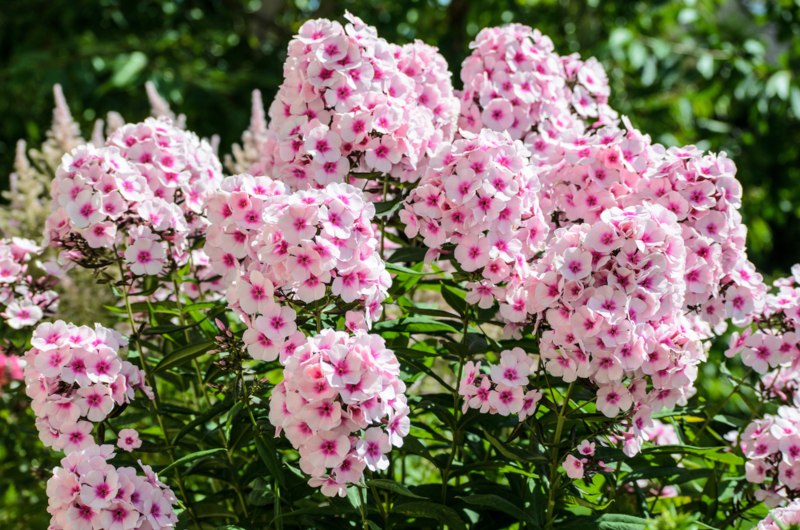
Phlox plants thrive in various climate conditions, but it’s important to consider your specific region when deciding when to cut back your Phlox. In general, the best time to do so depends on the type of Phlox you have and the weather patterns in your area.
For spring blooming Phlox (Phlox subulata), you should trim them back after they finish blooming, typically in late spring or early summer. This helps to keep the plants controlled and encourages healthy growth. To do this, simply shear the foliage back by about one-third.
For summer blooming Phlox (Phlox paniculata), you can cut back the plants in the fall after they have finished flowering. Pruning in the fall will encourage stronger growth in the spring and can help prevent the spread of diseases. Be sure to remove any dead or diseased plant material during this process.
If your region experiences mild winters, you might consider waiting until early spring to tidy up your Phlox plants. This will provide them with some protection during the coldest months and, as long as you remove dead foliage before new growth begins, will also prevent disease.
Remember to always use clean, sharp tools when cutting back your Phlox plants. This will reduce the risk of spreading diseases and help ensure clean, healthy cuts. Remember that proper care throughout the growing season, including appropriate watering and fertilizing, will contribute to the overall health of your Phlox plants and make cutting back an easier task.
Health Status of Phlox
A crucial aspect of maintaining your Phlox plants is keeping an eye on their health status. By doing so, you’ll ensure that they thrive and bloom beautifully.
First, check for pests regularly. Some common pests that attack Phlox plants are spider mites, aphids, and powdery mildew. Take note of any visible damage or discoloration on leaves and stems. If you spot any pests, treat your plants with an appropriate pesticide or organic remedy.
Next, examine the foliage. Healthy Phlox plants have green, vibrant leaves. If you notice any yellow or brown leaves, this might indicate a problem with watering, nutrition, or overall care. Make sure you’re meeting the optimal conditions for your Phlox by providing:
- Adequate sunlight
- Proper watering
- Suitable soil
Furthermore, evaluate the overall growth of your Phlox plants. They should grow uniformly and produce delightful blooms during their flowering season. Slow growth or lack of flowering could point to potential issues with plant health. To encourage healthy growth, consider the following actions:
- Fertilize appropriately
- Prune dead or damaged stems
- Space plants adequately
By regularly assessing the health status of your Phlox, you’ll be able to address any issues early on, ensuring that your plants remain beautiful and robust throughout the growing season.
Phlox Varieties
Phlox is a beautiful, versatile plant that can enhance any garden. There are over 60 species of this lovely perennial, but they can generally be grouped into two main categories: tall garden phlox and creeping phlox. Each type has its own unique characteristics and care requirements:
Tall garden phlox (Phlox paniculata) is the classic variety that grows upright and can reach heights of 2 to 4 feet. They produce large clusters of beautiful, fragrant flowers throughout the summer. The bloom colors can range from white to shades of pink, purple, red, and even bicolor varieties. Pop some of these plants in the back of your flowerbed to add height and a splash of color.
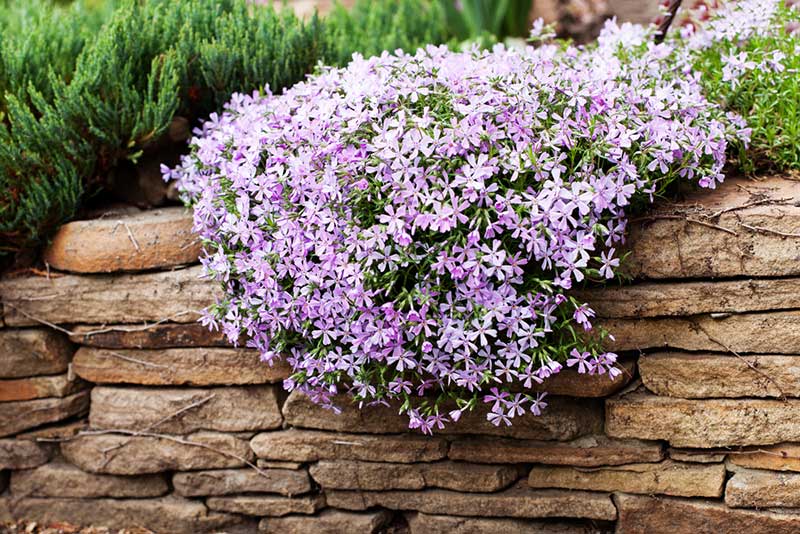
Creeping phlox (Phlox subulata) is a low-growing, ground-cover plant that only reaches heights of about 4 to 6 inches. This variety is perfect for creating a mat of lush, vibrant color along borders, in rock gardens, or cascading down slopes. Creeping phlox produces clusters of small flowers in colors such as white, pink, purple, and blue during spring.
To help your phlox thrive, it’s essential to understand the specific needs of the variety you choose. Both tall and creeping phlox prefer well-draining soil and plenty of sunlight, but tall garden phlox requires more frequent watering than its creeping counterpart, which actually prefers drier conditions. Additionally, since tall garden phlox can be susceptible to powdery mildew, make sure to plant them with adequate space for airflow.
Cutting back your phlox plants is vital for their overall health, but the timing and method will depend on the variety you have. For tall garden phlox, cut them back about halfway in early spring, but don’t forget to deadhead them throughout the season to encourage continuous blooming. Creeping phlox, on the other hand, should be trimmed shortly after flowering, removing spent blooms and any dead or leggy growth.
With the right care and maintenance, you can enjoy the beauty and fragrance of phlox in your garden for many years to come!
Methods of Cutting Back Phlox
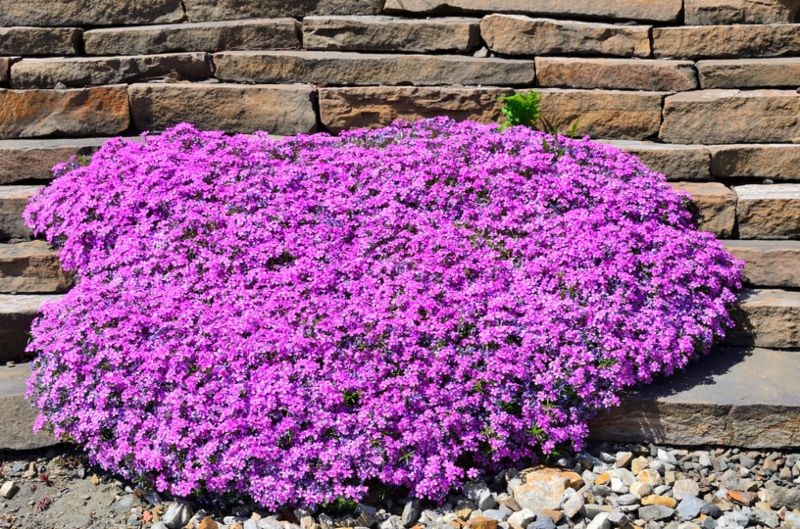
When it’s time to cut back your phlox, you’ll want to use proper techniques to ensure the health and beauty of your plants. Here are some effective methods for cutting back phlox.
First, gather your tools. You’ll need a sharp, clean pair of pruning shears or scissors. Cleanliness is essential to prevent the spread of diseases; make sure to disinfect your tools with rubbing alcohol before and after using them on your plants.
When it comes to the best time to trim, you should cut back your phlox in the fall or early spring. Cutting back in the fall encourages new growth and allows your plants to focus energy on their root system during the winter months. Conversely, trimming in early spring lets you shape your phlox just before their growing season.
For garden phlox (Phlox paniculata), you can employ the following method:
- Begin by identifying any dead or dying foliage; you’ll recognize these as brown or yellowing leaves and stems.
- Using your pruning shears, cut back these unhealthy parts of the plant to the nearest healthy stem or about 1-2 inches above the ground.
- Trim at an angle to remove the remaining foliage and prevent water from collecting on cut surfaces.
Creeping phlox (Phlox subulata) benefits from a different approach:
- Once the plant has finished flowering, usually in late spring or early summer, cut back the entire plant by about one-third.
- Focus on removing faded blooms and any unruly or excess growth.
Tip: When cutting back creeping phlox, be sure to thin out the older, woody growth to allow fresh, new growth to replace it.
By using these cutting techniques tailored to your type of phlox, you’ll encourage healthy and bountiful growth in your garden.
Benefits of Regular Pruning
Pruning your phlox plants offers several advantages that improve their health and appearance. When you regularly trim back phlox, you’re promoting better air circulation within the plant, which reduces the risk of fungal diseases such as powdery mildew.
As you remove damaged or dead growth, you enhance the plant’s overall vitality, allowing it to direct more energy into producing beautiful blooms. This also helps to keep the plant bushy and compact, preventing it from becoming too leggy or sprawling.
Another benefit of regular pruning is that it encourages continuous blooms throughout the season. By deadheading spent flowers, you stimulate new bud formation, prolonging your phlox’s blooming period. This results in a more vibrant and visually appealing garden.
In summary, regular pruning ensures healthy, beautiful phlox plants that will grace your garden with a stunning display of blooms. Remember to prune thoughtfully and enjoy the rewards!
Potential Risks of Incorrect Pruning
Pruning your phlox at the wrong time or in the wrong way can lead to a few issues. It’s important to be aware of these risks and take measures to prevent them.
Decreased bloom: Cutting back phlox too early in the season may affect its ability to bloom fully. If you remove the buds before they’ve had a chance to develop, you’ll likely see fewer flowers during the blooming season.
Weaker plants: Overly aggressive pruning can result in weak, spindly shoots that struggle to support themselves. These weaker stems may not be able to handle the weight of the flowers, leading to drooping or collapsing.
Disease and pests: Improper pruning can create wounds on the plant that are susceptible to infections and pests. It’s crucial to use clean, sharp tools when pruning to minimize the risk of introducing harmful pathogens or insects.
To avoid these potential risks, be sure to follow proper pruning techniques and timing. Generally, you’ll want to cut back your phlox in the early spring, just before new growth begins. Remove any dead or damaged stems, and trim the plant back to around a third of its original height. This will help promote healthy, vigorous growth and ensure a beautiful display of flowers.






